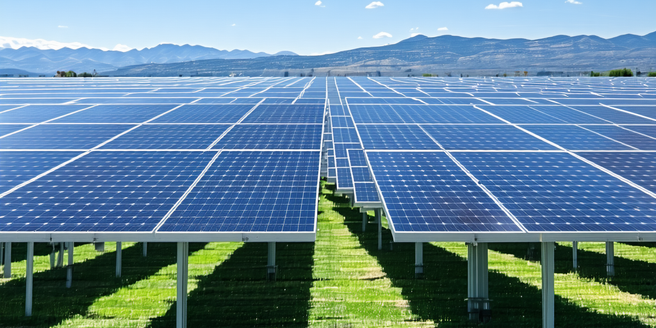
Understanding Different Backup Power Sources
Backup power sources ensure continuous electricity during outages, which can safeguard against disruptions in daily life and business operations. Popular backup power sources include generators, solar power systems, and battery storage. Each offers unique benefits and drawbacks; generators provide reliable power and are easy to set up but may require regular maintenance and fuel. On the other hand, solar power systems are environmentally friendly and can reduce electricity costs over time but depend on sunlight availability and often have higher initial installation costs. Battery storage systems store excess energy from renewable sources and are quiet and low-maintenance, though their upfront costs can be considerable. Understanding these power sources helps in selecting the most appropriate system for one’s specific needs and circumstances.
Benefits of Using Backup Generators
Backup generators are a practical solution for ensuring continuous power. They can automatically restore electricity within seconds of an outage, making them essential for homes and businesses where power reliability is crucial. Generators can support essential appliances and systems, including refrigerators and medical equipment, thus preventing food spoilage and ensuring health care continuity. Modern generators are more fuel-efficient and environmentally friendly than older models, offering a sustainable power solution for critical needs. While there are costs associated with installation and maintenance, the peace of mind provided by having an uninterrupted power supply often outweighs these burdens. With the versatility to work in various environments, backup generators prove invaluable in reducing the potential impact of power disruptions, keeping your life and business running smoothly.
Exploring Solar Power as a Backup Solution
Solar power is gaining traction as a clean backup solution for homes and businesses. It harnesses renewable energy from the sun, reducing reliance on traditional power grids. This approach not only cuts electricity costs but also minimizes carbon footprints, supporting environmental sustainability. Solar panels can be integrated with battery storage, ensuring power availability even during nighttime or cloudy days. As technology advances, solar power systems become more affordable and efficient, making them a viable option for many. However, installation requires considerable initial investment and planning to optimize panel placement for maximum sunlight exposure. While the energy output may fluctuate with weather conditions, advancements in solar storage technology offer promising improvements, providing a reliable and eco-friendly power backup when integrated effectively.
Battery Storage Systems: Pros and Cons
Battery storage systems are increasingly popular for managing power demands and ensuring backup energy availability. These systems store electricity generated from renewable sources or during off-peak times, offering a reliable backup when power outages occur. One of the primary benefits is their silent operation and low maintenance compared to traditional backup systems. Additionally, they contribute to energy independence and can help reduce electricity bills by storing solar power for use when needed. Nonetheless, battery storage systems come with high initial costs, and their efficiency can degrade over time. The limited capacity compared to continuous fuel generators can be another drawback, especially for large energy demands. Understanding both the advantages and disadvantages helps in making informed decisions when contemplating a transition to battery-based backup solutions.
Choosing the Right UPS for Your Needs
Uninterruptible Power Supplies (UPS) are essential for protecting electronics from power loss and surges. Selecting the right UPS involves understanding your energy needs and the potential impacts of power interruptions on your equipment. UPS devices offer instant power supply, safeguarding computers, medical devices, and communication systems during outages. There are various types of UPS systems, including standby, line-interactive, and online, each catering to different power needs and environments. Consider factors such as load capacity, runtime, and voltage stability when choosing a UPS. While they represent a significant investment, the protection they offer against data loss and equipment damage justifies the cost. By evaluating the specifications and demands of your electronic devices, you can invest in a UPS capable of providing appropriate and reliable protection.
Assessing Off-Grid Power Solutions
Off-grid power solutions offer independence from traditional electric utilities, presenting a compelling option for remote areas or those seeking sustainable living. These systems typically combine solar panels, wind turbines, or micro-hydro systems with battery storage to create a self-sufficient power network. Benefits include reduced energy bills and environmental impact, and improved reliability in areas prone to grid failures. However, these systems require a substantial initial investment and thoughtful planning, including assessing energy needs and potential production from chosen sources. Maintenance and periodic upgrades are vital to ensuring consistent power availability. Technological advancements have improved efficiency and lowered costs, making off-grid systems more accessible. Thus, evaluating these solutions can be a prudent step toward energy independence and environmental responsibility, particularly as global demand for renewable energy sources continues to rise.
